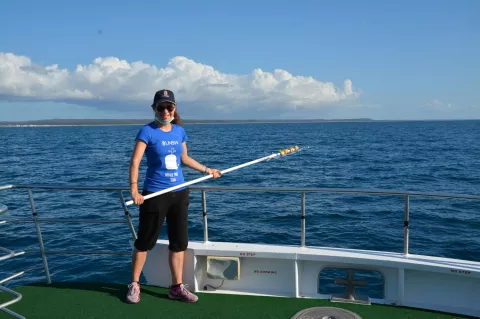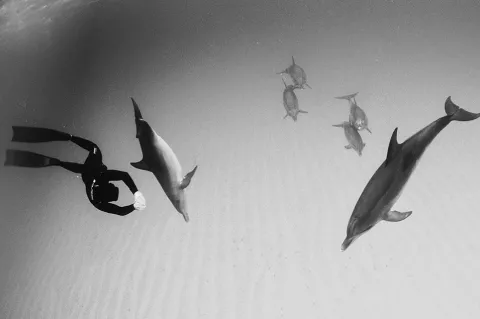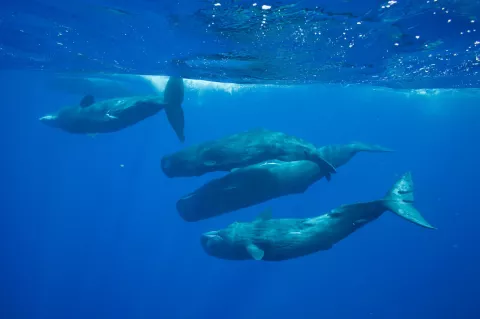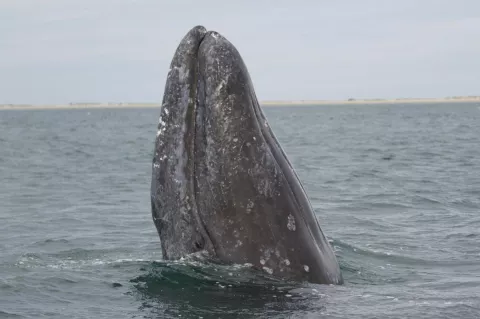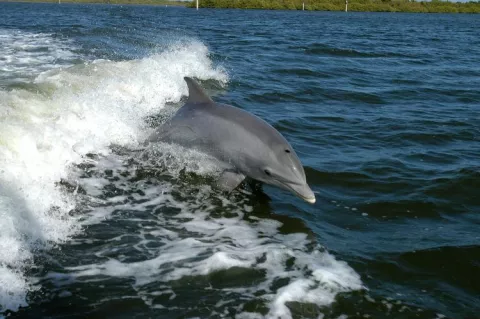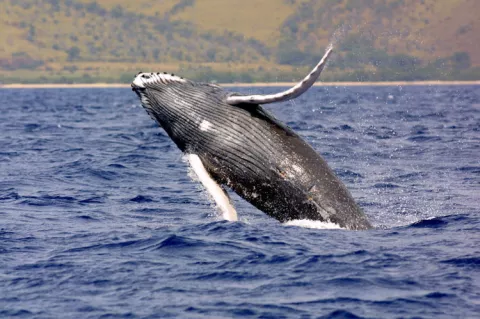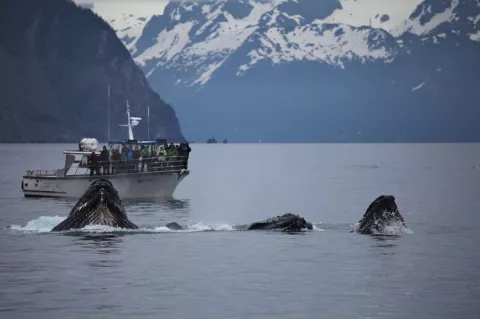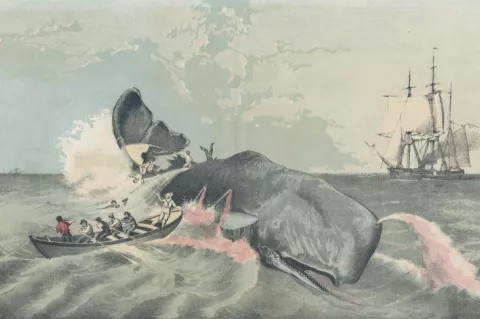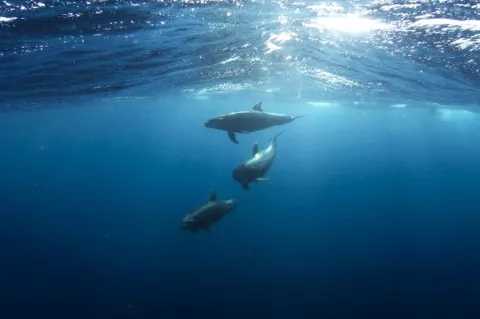Humpback whales revel in Alaska's cruise-free summer
It’s been a quiet summer in the waters of Alaska.
With zero cruise ships carrying whale-watchers and glacier gazers—a situation which temporarily boosts the state’s population of 730,000 by 1.4m individuals—the humpback whales in the vicinity have grown much more talkative.
This is the impression that delighted researchers are getting.



